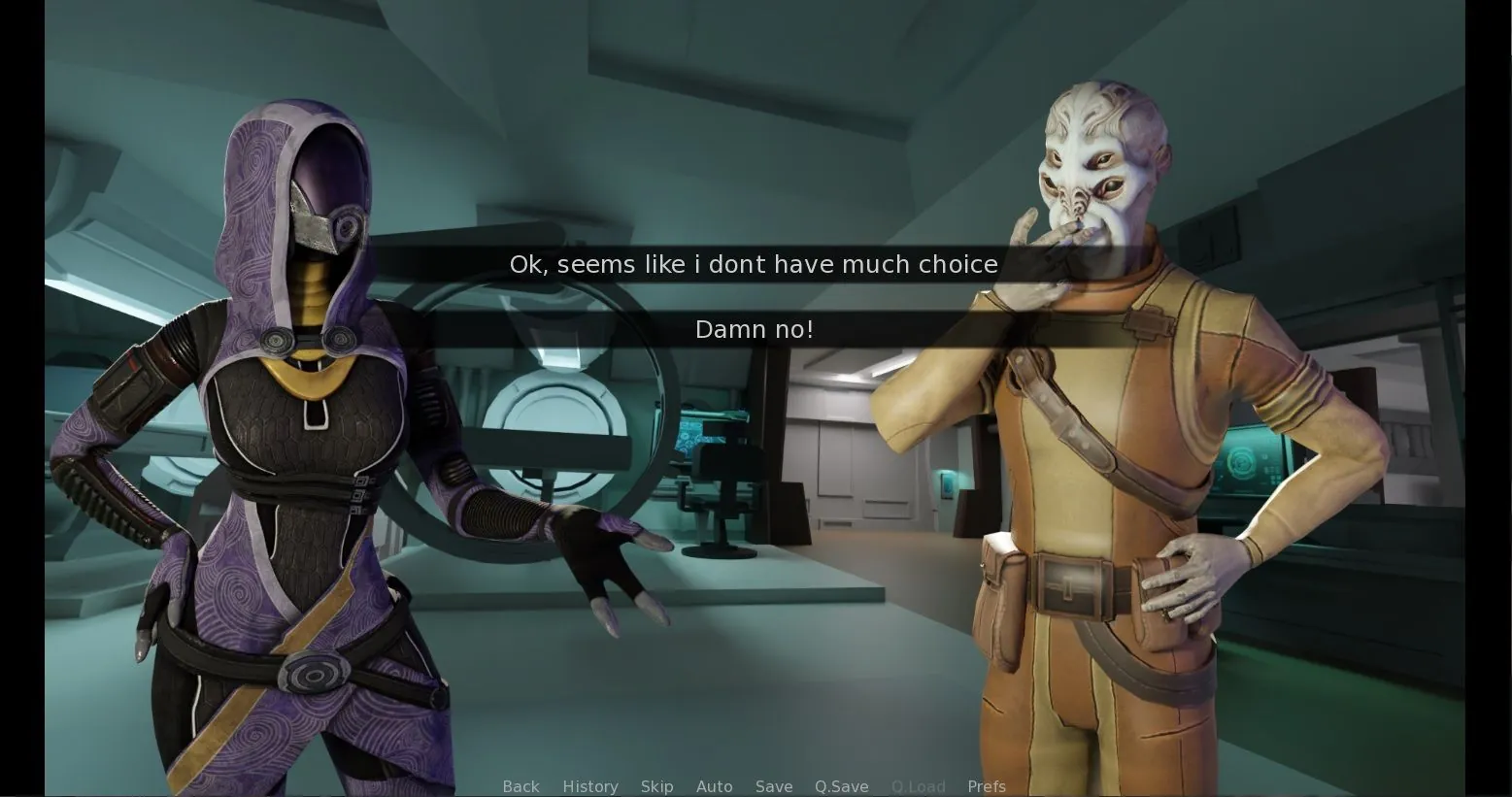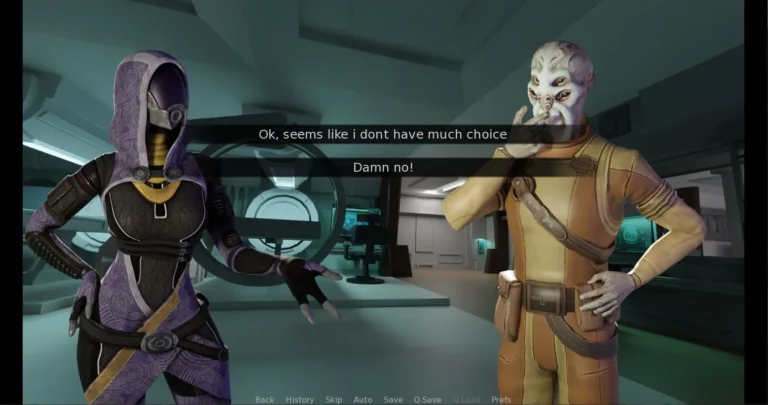
The Pilgrimage
Play The Pilgrimage
The Pilgrimage review
Exploring the Story, Characters, and Themes of The Pilgrimage Interactive Experience
The Pilgrimage is a compelling interactive game that blends narrative depth with rich character development, set against a backdrop of religious tension and personal discovery. Centered on a quest to retrieve sacred artifacts, the game invites players to explore complex themes of faith, identity, and rebellion through the eyes of diverse characters. This article dives into the game’s story, key characters, and the emotional journey that makes The Pilgrimage a unique experience for players seeking both adventure and meaningful storytelling.
Unpacking The Pilgrimage: Storyline and Themes
What is The Pilgrimage About?
Picture this: You’re handed a worn map stained with candle wax, your character’s trembling fingers tracing a route through war-torn valleys. ⛰️ That’s how The Pilgrimage yanks you into its world—a broken realm where faith fuels both miracles and massacres. At its core, The Pilgrimage game story follows Elara, a healer exiled after her village burns in a holy war. Her mission? Recover three holy artifacts scattered across continents to prevent an apocalypse. But it’s not just fetch quests—it’s a raw exploration of doubt.
I remember playing Elara’s first night in the refugee camp; she’s stitching wounds while whispering prayers that feel hollow. 🕯️ That moment nailed why The Pilgrimage narrative hits so hard. You’re not slaying dragons—you’re battling despair. Every artifact has a cost: betray allies, abandon your vows, or sacrifice sanity. Pro tip: Journal your choices. I sketched mine in a notebook, and seeing Elara’s moral spiral (from pacifist to reluctant zealot) was chillingly personal.
The holy artifacts quest isn’t about loot—it’s about legacy. One relic, the Chalice of Tears, requires bathing in a poisoned river to retrieve it. 😷 Your health drains, visions haunt you… and suddenly, you’re asking: Would I endure this for my beliefs? That’s the game’s magic—it turns theology into tactile tension.
How Does Religion Shape the Narrative?
Let’s get real: religion in The Pilgrimage isn’t backstory wallpaper. It’s the oxygen every character breathes—and the knife in their ribs. ✝️☪️✡️ Three faiths dominate this world:
– The Sun Covenant (militant monotheists)
– The Weavers (nature-worshipping mystics)
– The Silent Choir (atheist scholars)
Their clashing doctrines are the plot engine. When Elara needs info from a Weaver elder, she must participate in a hallucinogenic ritual—despite her Covenant teachings calling it “heresy.” 😵 I botched this my first run! I judged instead of listening, and got banished. Practical tip: Suspend your biases. Treat rituals like puzzles—observe symbols, not stereotypes.
The Pilgrimage game themes dig into sacred rage. In the Dust Plains arc, you mediate between a Sun Covenant crusader and a Weaver child accused of “witchcraft.” 🔥 Choose mercy, and your own faction brands you a traitor; demand execution, and lose artifacts guarded by Weavers. Faith and identity in game mechanics reflect this: Your “Devotion” meter unlocks miracles but blinds you to allies’ suffering. Max it out, and Elara becomes a radiant monster—convinced genocide is divine will.
💡 My hard-earned insight? Save before sermons. One speech can radicalize masses… or spark a revolution.
What Conflicts Drive the Story Forward?
War isn’t just battles here—it’s in the silence between prayers. The Pilgrimage game story thrives on friction:
– External: Armies clashing over holy sites
– Internal: Elara’s faith vs. her compassion
– Moral: Is preserving relics worth abandoning refugees?
I’ll never forget the “Coffer of Ashes” dilemma. 🤯 To open it, Elara must condemn an innocent as a “heretic.” I paused for 20 minutes. Save a town? Or damn a soul? This religious conflict game brilliance? No “right” answer—just consequences that scar the world and your psyche.
The Pilgrimage narrative escalates through three explosive arcs. Each converges on artifacts while dissecting belief:
| Story Arc | Central Conflict | Thematic Significance |
|---|---|---|
| **Ashes of Faith** | Recover the *Lamentation Bell* from a razed temple | Sacred spaces as war trophies; is devotion worth destruction? |
| **Veil of Doubt** | Steal the *Weaver’s Tapestry* from zealots | Dogma vs. truth—burn evidence or expose atrocities? |
| **Crown of Embers** | Seize the *Sun Covenant Diadem* during a siege | Power corrupts; become a martyr or a monarch? |
Notice how holy artifacts quest lines blur? By the end, you’re not saving the world—you’re choosing whose world survives. 🌍 That’s why The Pilgrimage game themes linger. My finale had Elara shattering the diadem instead of wearing it, sparking an atheist uprising. Gut-wrenching? Yes. But it asked what we all fear: When does faith become fanaticism?
✨ Actionable takeaway: Replay key conflicts opposite your first choice. I did—siding with zealots revealed terrifying new endings where “salvation” looks like tyranny.
Final Thought: This isn’t just a game—it’s an existential gut-punch wrapped in stunning art. Whether you’re atheist or devout, The Pilgrimage forces you to walk miles in bloodstained sandals… and question every step. 🙏
The Pilgrimage offers a rich, immersive experience that challenges players to navigate complex themes of faith, identity, and conflict through a deeply personal journey. Its engaging storyline and well-crafted characters invite reflection on belief and rebellion, making it more than just a game but a meaningful narrative adventure. Whether you’re drawn to its storytelling or its exploration of spiritual themes, The Pilgrimage is a journey worth taking. Dive in and discover the layers of this unique interactive experience.














